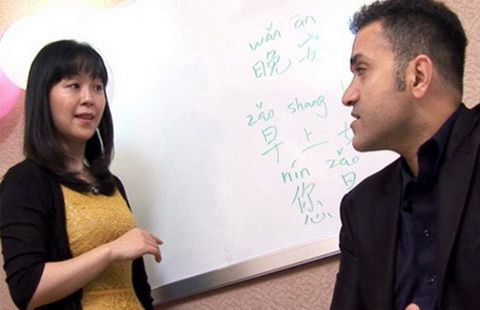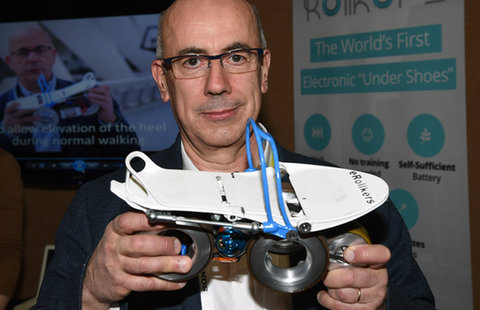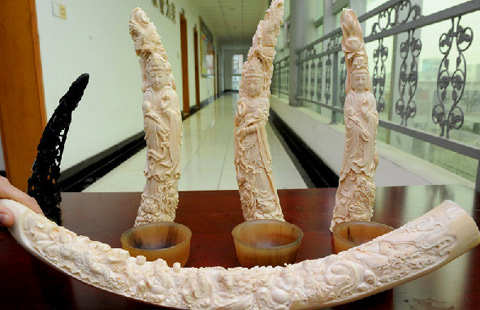
"Hello Moto" will be heard once again in China, with a more distinctive Chinese tone this time around.
"It's a great thing about Motorola [to have Lenovo]," said Darren Hayes, assistant professor and director of cybersecurity at Pace University in New York. "They are more culturally sensitive to Chinese people."
"We have been waiting for you to say hello for so long," said Yang Yuanqing, chief executive of Lenovo Group Ltd, referring to Motorola's catchyelectronic voice.
Lenovo has vowed to revive the brand in China since it finalized the purchase of Motorola Mobility from Google Inc for $2.9 billion in October.
After more than two years' absence, Motorola Mobility will return to China before the Chinese Lunar New Year in mid-February, it was announced earlier this week.
A launch event is planned for Jan 26 in China. The rollout starts with the Moto X in February, with Moto X Pro and Moto G coming online later, targeting medium, high and low-end markets, respectively.
The brand entered the Chinese market in 1987, bringingthe first mobile phone to the country that had just started to open up to the world. However, poor sales forced its owner then, Google, to quit China in 2013.
"We expect to compete in China by offering Chinese customers the power to choose," said William Moss, a spokesman for Motorola Mobility.
Motorola will target higher-end market segments and will be marketed exclusively online, while the Lenovo brand will focus on carrier markets and offer middle-to-entry-level products.
"One size cannot fit for all," said Hayes. "They are going to need to have at least two different models to be successful and have wider-range appeals," he said.
The design of the first Moto X phones available will be voted on by consumers, and Moto Design tools will also be available after the Lunar New Year for them to customize their phones' appearances.Online retailers like JD.com also plan to sell the brand.
But "people won't be looking at Motorola nostalgically when they are purchasing their next phone," said Jeff Yang, senior vice-president of the Futures Co, a consultancy. "They (Motorola) are essentially entering the market clean, and they are doing so competing in the fast-growing and in some way the most innovative mobile space."
Motorola once owned around 40 percent of China's mobile-phone market, but now more than 75 percent of market share belongs to rising Chinese handset makers such as Xiaomi, Huawei and ZTE, according toAnalysys International, a Beijing consultancy.
"We haven't seen any smartphone manufacturers that have lost huge gains and come back," said Hayes. Blackberry and Nokia are still failing despite years of struggles.
Hayes told China Daily, however, that the key to winning in the highly competitive market is creating an ecosystem with multiplethird-party services.
"The integration of various Google apps was the key deciding factor in influencing my own decision to purchase a Moto X smartphone," said Dave H. Deans, principal consultant of GeoActive Group."This device is optimized for people who, like me, have embraced a mobile cloud-business productivity model," he said.
Many of Google's services are unavailable in China. While "offering users a true Android experience without a skin that could clutter or slow our devices",said Moss, Motorola in China will include services popular with Chinese customers instead of Google's.
Lenovo has "deep-enough pocketsto have a robust ecosystem from scratch or find partners from elsewhere", said Yang.
Lenovo is now the world's largest PC maker and the third-largest mobile-phone maker with the addition of Motorola. It also purchased IBM's x86 server business last year, whichgives Lenovo more potential.
"There are millions of people entering the middle class and becoming part of the smart-mobile space," said Yang. "They are looking for new brands."
Even if people don't switch brands in the short term, Lenovo and Motorolastill could try to develop phones for businesspeople with higher requirements for security and messaging, which many competitors haven't been able to tap.
Lu Huiquan in New York contributed to this story.








